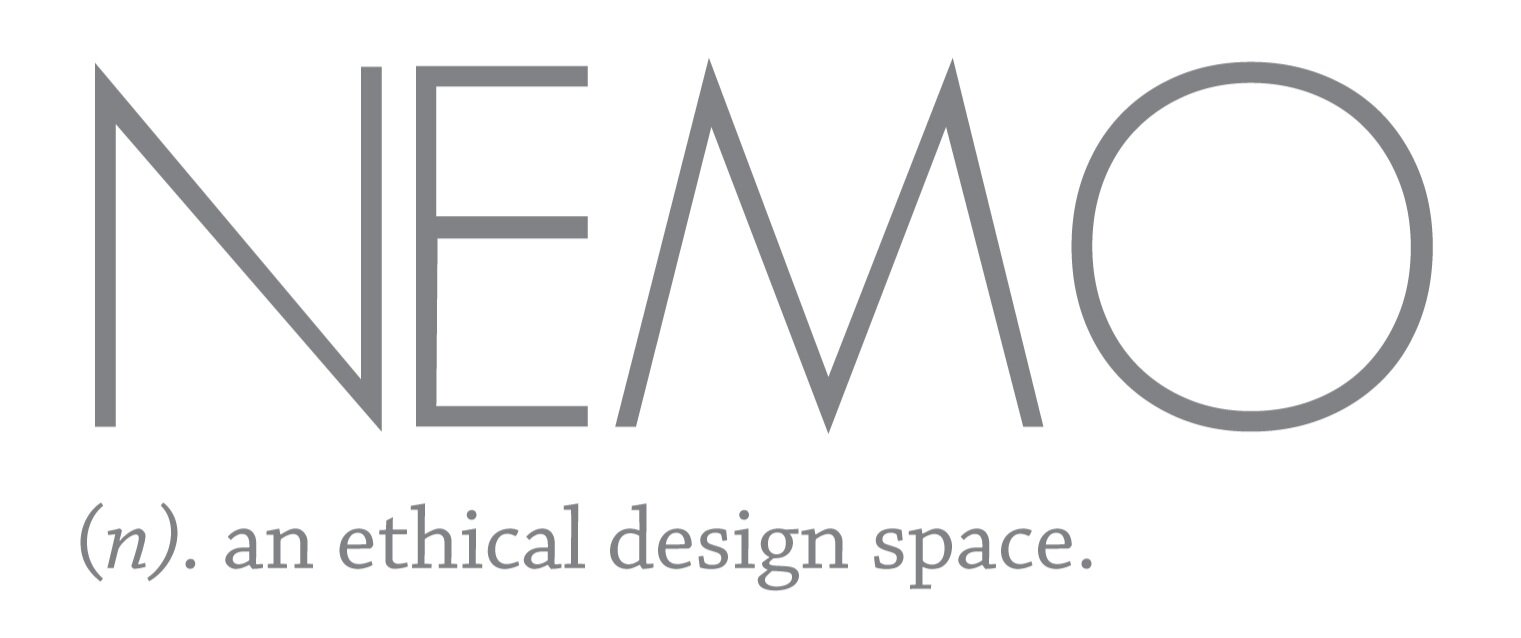Fast Fashion, Slow Fashion
How has the fast fashion industry impacted you and I?
From a personal perspective it has polluted and conglomerated an already bulging wardrobe. Then, a few years back the penny dropped; another large bag of clothing being eliminated from a seasonal cleanout that had no value in the second hand market and looked liked it was going to end up in the landfill.
A little contemplation, some research, and a few discussions later and I had to come to the terms with: Yes, as an individual I was contributing to the national average of 23 kilograms per person, per annum, to our local landfill in textile waste alone.
As the owner of an alterations and bespoke workroom, this was of particular interest and worth keeping note of.
What we have observed in the last 10 years has been a rapidly changing environment. As business costs have consistently increased, the cost of clothing has decreased making the viability of repairing and altering appear less cost effective.
But is it? Someone has to pay.
The rapid expansion of the fast-fashion industry has appeared to be a fabulous evolution in the western world – micro-trend fashion at cheap cheap cheap prices – however; it has not been without significant consequences.
The Fall-out from Fast Fashion
The impact of our apparel consumption on the environment is devastating. The factories churning out hundreds of thousands of garments are full of women and children working in ghastly conditions, for little or no return. And the retailers that produce these low-cost items are using chemicals that are extremely toxic in an attempt to speed up the production of their vibrant colours or fabrics.
And as clothing itself has become so devalued, so has the skill of creating it.
According to a study published in Intech Open, textile dyeing is the second largest polluter of clean water in the world, after agriculture.
It is not until catastrophes like the factory collapse in Dhaka, Bangladesh that people even begin to consider how their t-shirts get from one side of the world to a store in our little island paradise on the other side, at so little cost.
The low cost also fosters a low value to the garment’s buyer, translating into an extremely short life span. In Hong Kong, 270 tonnes of clothing is dumped per day, which, at an estimation, represents around 11,000 garments entering the per hour. (An Interview with Christina Dean. True Cost Movie).
Paralleled alongside this, here at Nemo we began to find accessing certain fabrics and essential haberdashery items more difficult and/or more expensive than ever before.
But, after monitoring this for a number of years, I believe there is a light at the end of the tunnel, and as awareness grows, people are slowly becoming more conscious consumers.
A change is happening
So, as the world is now coming to realise that Fast Fashion, like Fast Food, has social and environmental costs that are far reaching and nothing short of abhorrent, the industry is now seeing a response.
H&M, one of the world’s largest and fastest growing fast fashion businesses, has been pushing a more sustainable business concept, committing to policies which require more responsible design and production practice.
In 2013, H&M also introduced garment collection bins in-store to help drive textile recycling and ‘close the loop’ between the consumer end-use and new product design. In 2014 they had collected approximately 7,684 tonnes of used garments.
Slow Fashion
So how can we “slow” fashion? To us, it means shopping in our wardrobes. It means valuing the clothing we purchase and looking after the items in terms of care and maintenance. Knowing what to throw out and what to remodel or alter. Knowing how to shop in good quality recycled boutiques for pieces that are other wise out of financial reach.
It means shopping locally, buying from locally produced labels, understanding and taking the time to know who and where the clothing is manufactured. Supporting our local industry is so important; 50 years ago over 80% of the clothing available to buy off the rack was made right here in New Zealand. Today less than 3% is manufactured here.
“So, as the world is now coming to realise that Fast Fashion, like Fast Food, has social and environmental costs that are far reaching and nothing short of abhorrent, the industry is now seeing a response.”
But, let us not despair… the slowing down of fashion is catching on!
We have an increasing number of clients requesting items in their wardrobe to be re-modelled or up-cycled because the fabric quality is superior and worth keeping alive in their wardrobe.
Our made-to-measure / bespoke side of the business is also getting busier and busier. Clients are choosing to spend more wisely and have a personalised garment made that is patterned for their body, made in quality fabrics and with design details they have chosen, meaning they are left with something they truely love. It’s clear that it is a process many thoroughly enjoy and, as a result, continually return for. Slowly, the traditional bespoke tailoring services are becoming desirable again.
For us at Nemo, it’s our passion to produce beautiful bespoke clothing for clients who value the experience and desire to create a personal style. We are not only advocates of the Slow Movement; it resonates deeply with our ethos and is a pillar of who we are as a business.


